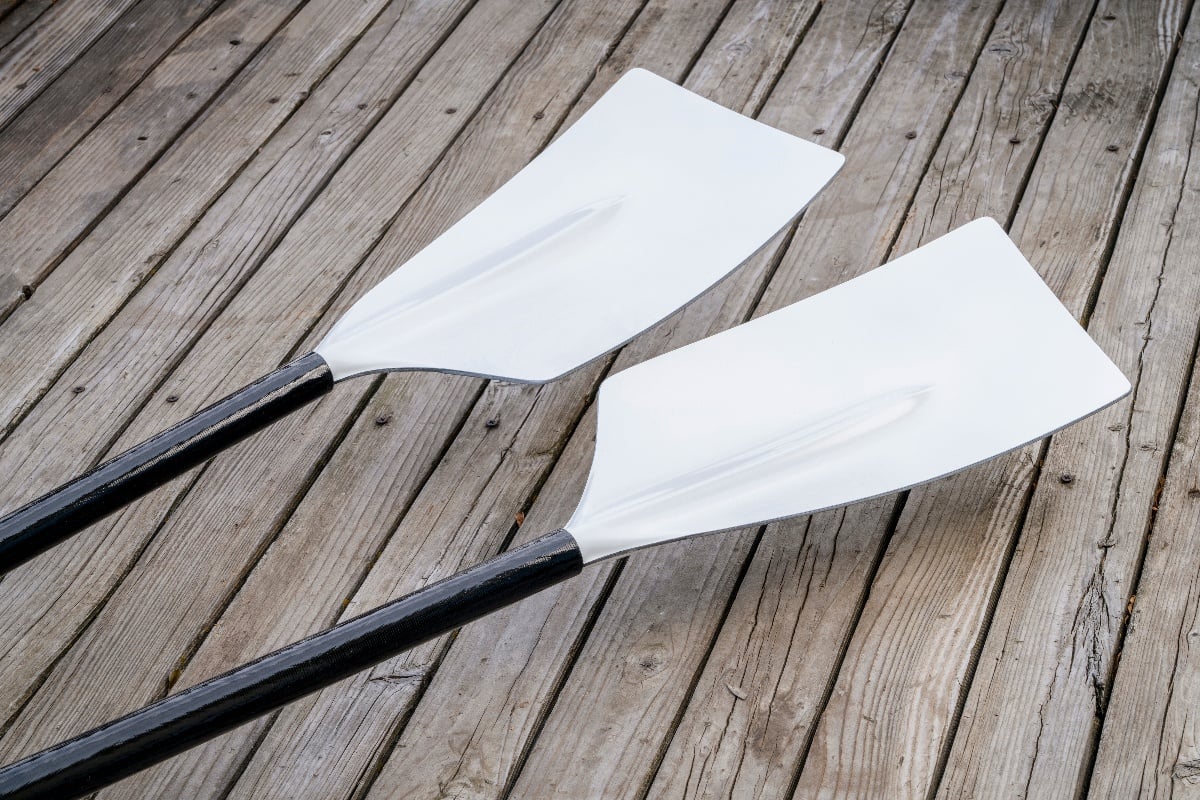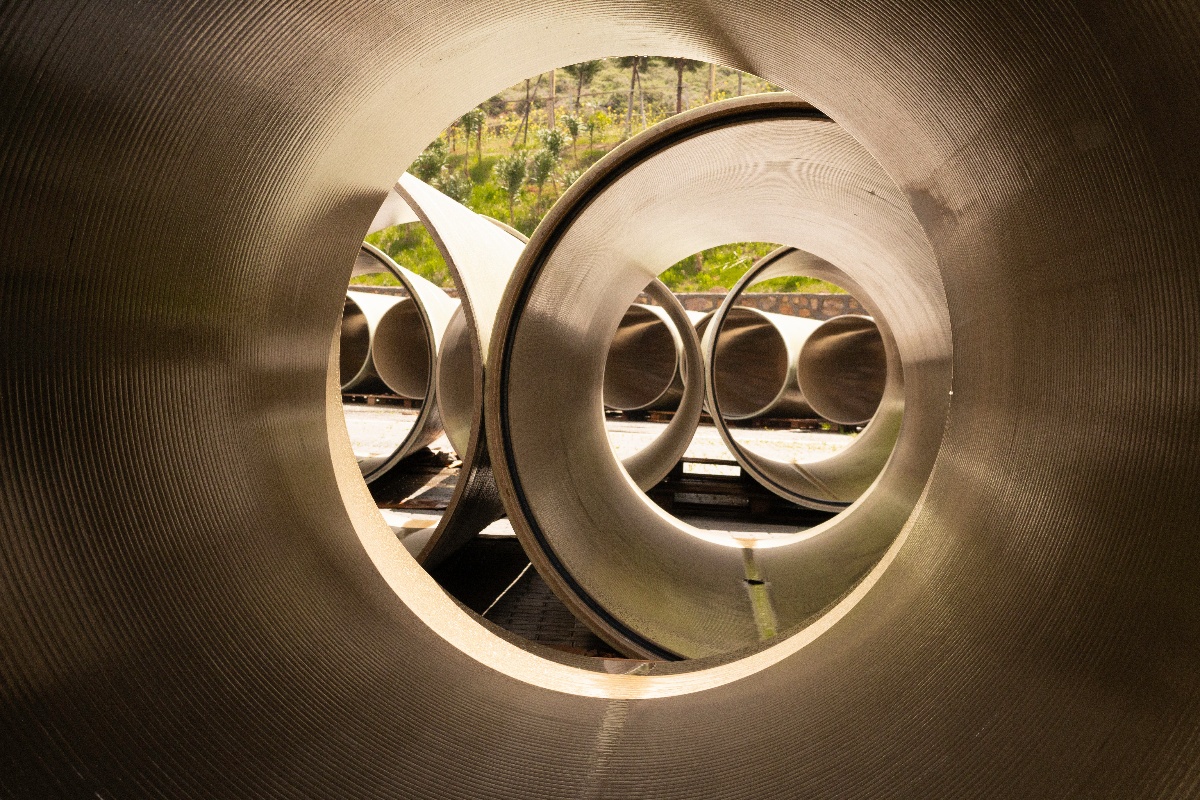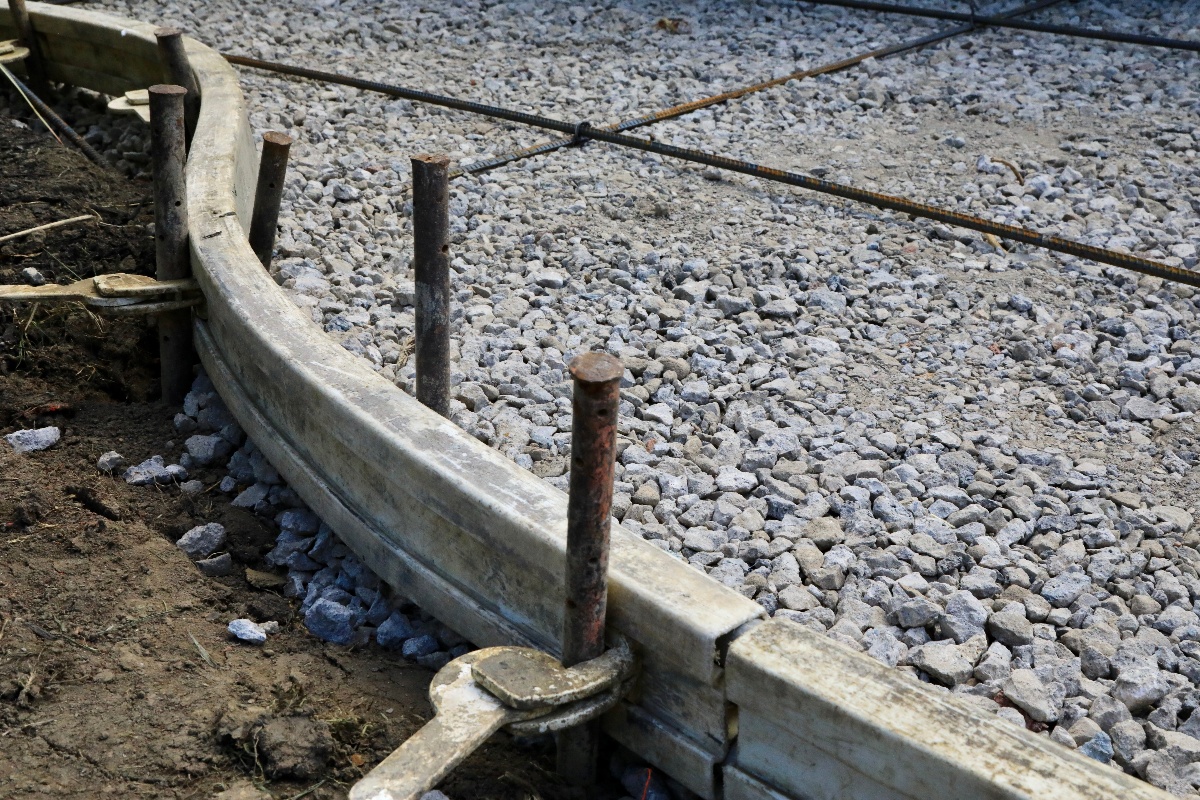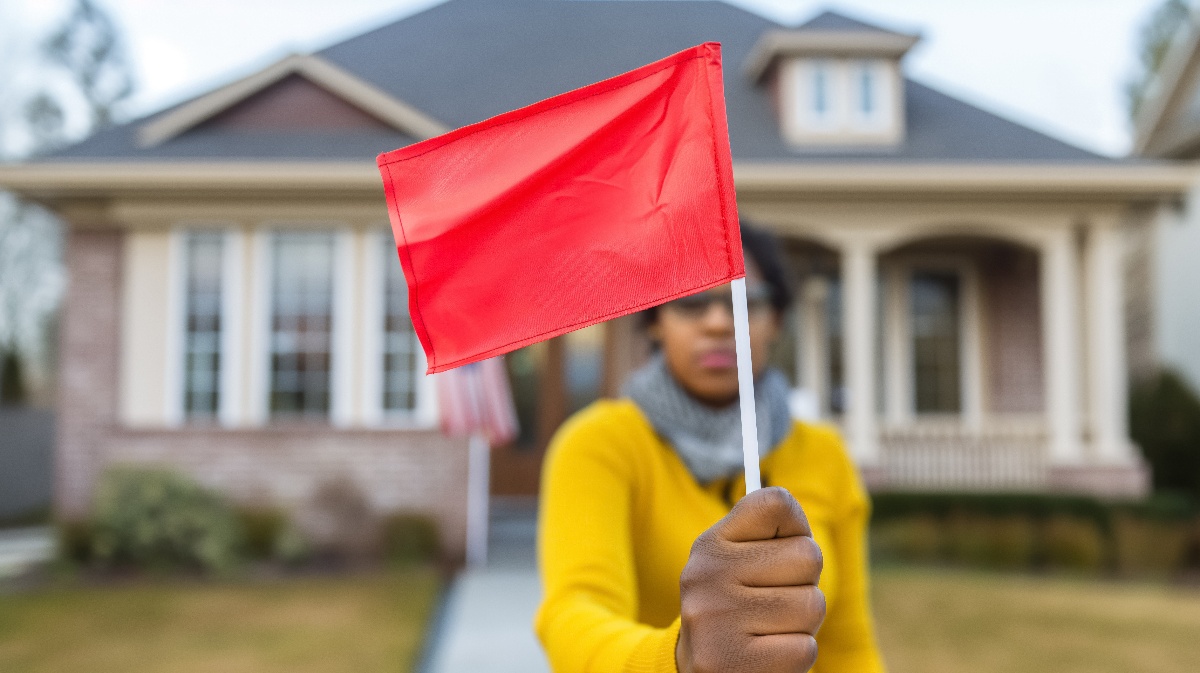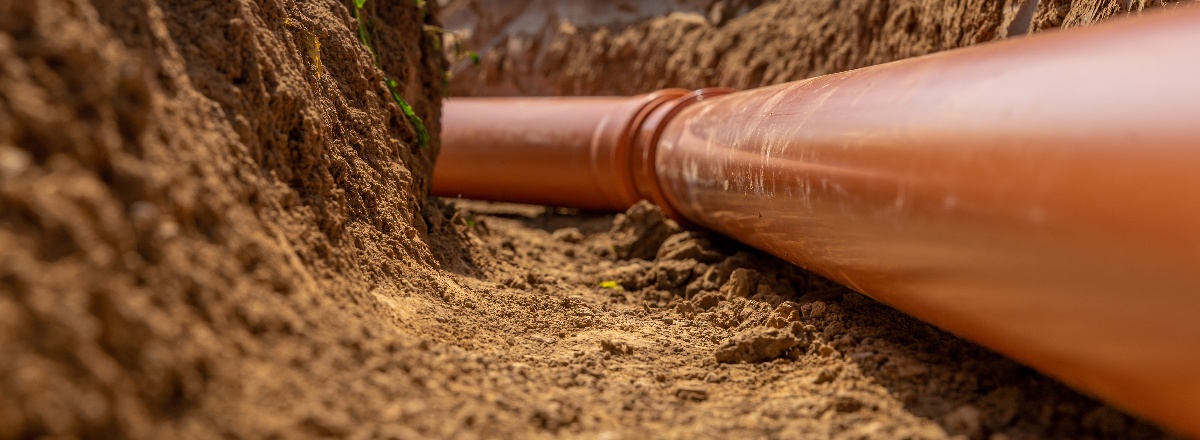
Rowing is an Olympic sport that requires athletes to row specialized boats using two oars. Success in rowing is highly dependent on the design of the oars, as their properties can significantly impact the efficiency and speed of the boat. The biomechanics of the rowing stroke, which alternate push and recovery phases, also place considerable demands on the oar flex and stiffness. Even minor improvements in oar design parameters like shape, length, weight balance, and stiffness can translate into major gains in rowing performance on the water.
Together, these design factors determine how efficiently an oar can transfer the rower's power into boat speed. Even sub-optimal designs can sabotage the efforts of skilled athletes. This highlights the need for engineering analysis to continuously improve factors like shape, materials, and stiffness distribution in the quest for faster oar propulsion.
This article dives into the design and material requirements of oars and how fiberglass-reinforced plastic (FRP) can be used to improve oar performance.
Oar Design Parameters
The oar's length, blade shape, stiffness distribution, weight balance, and handle design all contribute to its overall performance. Carefully optimizing each factor is crucial for enabling efficient power transfer to the boat.
Length
Longer oars can provide increased leverage for each stroke. However, excess length decreases maneuverability and lateral boat control. The optimal length depends on the rower's arm span and torso length to match their range of motion. Length also varies based on boat size and class.
Blade Shape/Size
The oar blade interacts directly with the water and must generate lift with minimal drag. Typical blade shapes are long, thin, and flat to achieve an efficient angle of attack. The exact curvature and taper optimize the water catch at the start of the stroke and flow mechanics throughout. Larger blade areas increase resistance, so size is carefully matched to the rower's strength.
Stiffness Distribution
The oar flexes during the stroke to store energy and spring back to aid the drive phase. The optimal stiffness distribution allows efficient energy storage without wasting power through excess bending. Stiffness often varies along the oar length to achieve this, with higher flexibility near the middle and more rigidity at the blade and handle.
Weight Distribution
Proper balance is important to prevent blade heaviness, which causes instability. However, some distal weight concentrations can aid the recovery phase. Composite oars allow precise tuning of weight distribution for optimal performance.
Handle Design
The grip and handle interface with the rower's hands and transmit forces to the oar. Ergonomic shaping for comfort and control during the intense drive phase is key. Handle size is suited to different hand sizes. Advanced handles even mold to hand shape.
Material Properties in Rowing Oar Construction
The choice of materials used to construct a rowing oar greatly impacts its functionality. Oars experience repetitive high bending forces and must efficiently transfer energy from the rower to the oarlock. The ideal oar materials provide an optimized combination of strength, lightweight, durability, and vibration damping.
Strength-to-Weight Ratio
A high strength-to-weight ratio allows thinner, lighter oar blade construction without compromising durability. Common oar materials like wood, aluminum, and carbon fiber have excellent specific strength. Lower density materials reduce muscle fatigue by minimizing mass at the distal blade.
Durability and Fatigue Resistance
Oars undergo millions of high-load cycles. Materials must resist fatigue failure from accumulated cyclic bending stresses. Wood can crack or warp over time. Advanced composites like carbon fiber retain high strength, but their performance depends on fiber layout and epoxy resin choices.
Vibration Damping and Energy Transfer
Minimal vibration losses lead to smooth, efficient power transfer into motion. Material damping qualities significantly affect vibration. Wood varies widely depending on species and grain alignment. Synthetics like fiberglass and carbon fiber can be engineered for optimized vibration modes by layering composite sheets.
Evaluating candidate oar materials requires quantifying these interacting properties. Improvements in composite materials continue to drive innovation in balancing strength, lightness, durability, and energy transfer.
Potential of Fiberglass Reinforced Plastic Oars
Fiberglass reinforced plastic is an appealing choice of composite material for rowing oar construction. Also termed fiber-reinforced polymer, FRP consists of glass fiber reinforcement suspended within a polymer resin matrix. The components combine to offer excellent strength-to-weight ratios alongside tunable properties.
Strength & Durability
The glass fiber filaments provide tensile strength to resist oar bending, while the epoxy polymer matrix transfers stress between fibers. This creates a durable material resistant to cyclic fatigue stresses. Careful fiber layer orientation controls stiffness and strength distribution.
Low Density
FRP has a lower density than steel and aluminum while maintaining good strength. This lightness reduces swing weight for easier oar recovery. It allows thicker blades without significantly increased mass to dampen vibrations.
Customization
By altering glass fiber volumes and resin types, the composite properties like stiffness, damping, and blade buoyancy can be optimized. This allows performance tuning suited to specific rowers or boat classes.
Cost Effectiveness
The high volume of production of FRP components in many industries makes adoption cost-effective. Oars with consistent performance are cheaper than artisanal wood models. Repairs are also simpler with composite materials.
While FRP has been slower to gain market share than pricier carbon fiber, its affordable performance continues to disrupt the oar construction industry. Advancements in custom molded production and automated fabrication help unlock the advantages of glass fiber composites.

